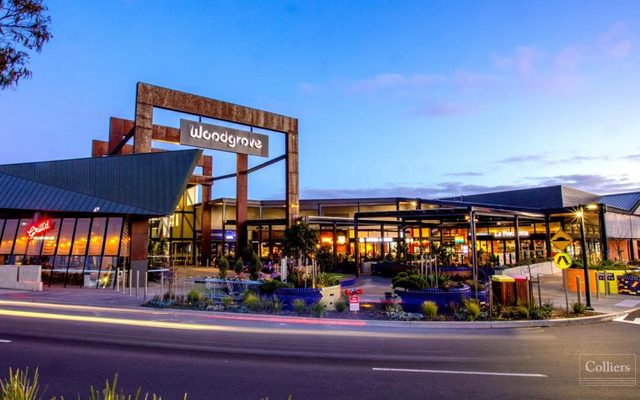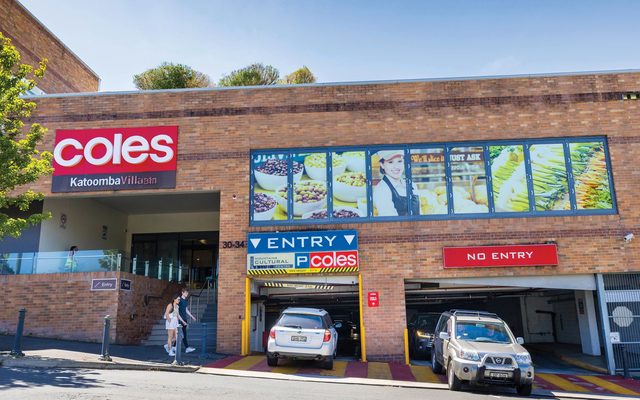This article is from the Australian Property Journal archive
HOPES of an impending retail recovery have been put on hold as shopping centre managers’ confidence takes a slide, despite positive turnover growth, according to Jones Lang LaSalle.
Centre managers will also need to address their tenancy mixes in order to combat the difficult economic conditions.
JLL’s Retail Centre Managers’ Survey for May reflected the uncertainty of consumers, with further stimulatory moves such as the RBA’s interest rate cuts required to rebuild confidence.
Half of shopping centre managers expressed negativity about the year ahead compared with 46% in February’s survey, with the economic outlook still the number one concern. Only 48% expected growth in sales turnover in the next 12 months, down from 53% in February.
Consumer sentiment mirrored that of centre managers, falling by 7% in May and 11.7% over the past two months.
JLL’s Australian head of property management Richard Fennell said the retail market remained challenging, and that the improved sentiment reported in February’s survey was short-lived.
“However, despite this drop in sentiment by centre managers, the positive recoded in the latest survey was that annual sales turnover growth across our managed portfolio was surprisingly strong, averaging 4.4% for sub-regional centres who took part in the survey and 5.2% for neighbourhood centres,” he added.
Fennell said ABS figures showed food retailing and catering, including cafés, restaurants and take-away outlets, continued to outperform the total retail market.
“Our May survey highlighted the poor performance of apparel in larger sub-regional centres as a major concern for centre managers.
“Getting the tenancy mix right is paramount. Traditional views to the optimal tenancy mix are being challenged with many centres now focusing more on providing a greater mix of services, often at the expense of the fashion offer.
“However, improved ABS sales figures in department store retailing and clothing, footwear and personal accessories are starting to come through, even if they are coming off a low base,” he continued.
Vacancy rates increased in both neighbourhood and sub-regional centres over the March 2013 quarter, with the 3.4% rate in sub-regional centres the highest over the 18 months of conducting the survey. Neighbourhood vacancies were up to 4.6%, although had been relatively stable and ranged from 4.2% to 5.4% in the past 18 months.
According to the Survey, centre managers and leasing executive indicated that there was a mix of poor performing retailers, retailers on short-term and hold over leases, retailers that had indicated they would not be renewing their lease, and other tenants looking to reduce their footprint. Most respondents – 61% – said there was no overall change to enquiry levels over the quarter.
Face specialty rental growth had slowed, with an average growth of just 1.2% in the 12 months the March, down from 3.8% for the year to December 2012. This was particularly apparent in sub-regional centres.
JLL research and consulting Australia director David Snoswell said that despite the positive signs of early 2013, more recent data suggested consumers were still nervous and a sustained recovery in the retail market may not occur until later in 2013 or in 2014.
“The results of the May 2013 Centre Managers’ Survey highlighted the need for further stimulatory action to build consumer confidence and the RBA’s decision to cut the cash rate in early May supports this.
“In total, the cash rate has been reduced by 200 basis points in the current cycle (since November 2011). We would normally expect the latest cash rate cut to provide the impetus for a greater level of confidence in consumers and centre managers, and this may still occur in the coming months.” Snoswell concluded.
Property Review



